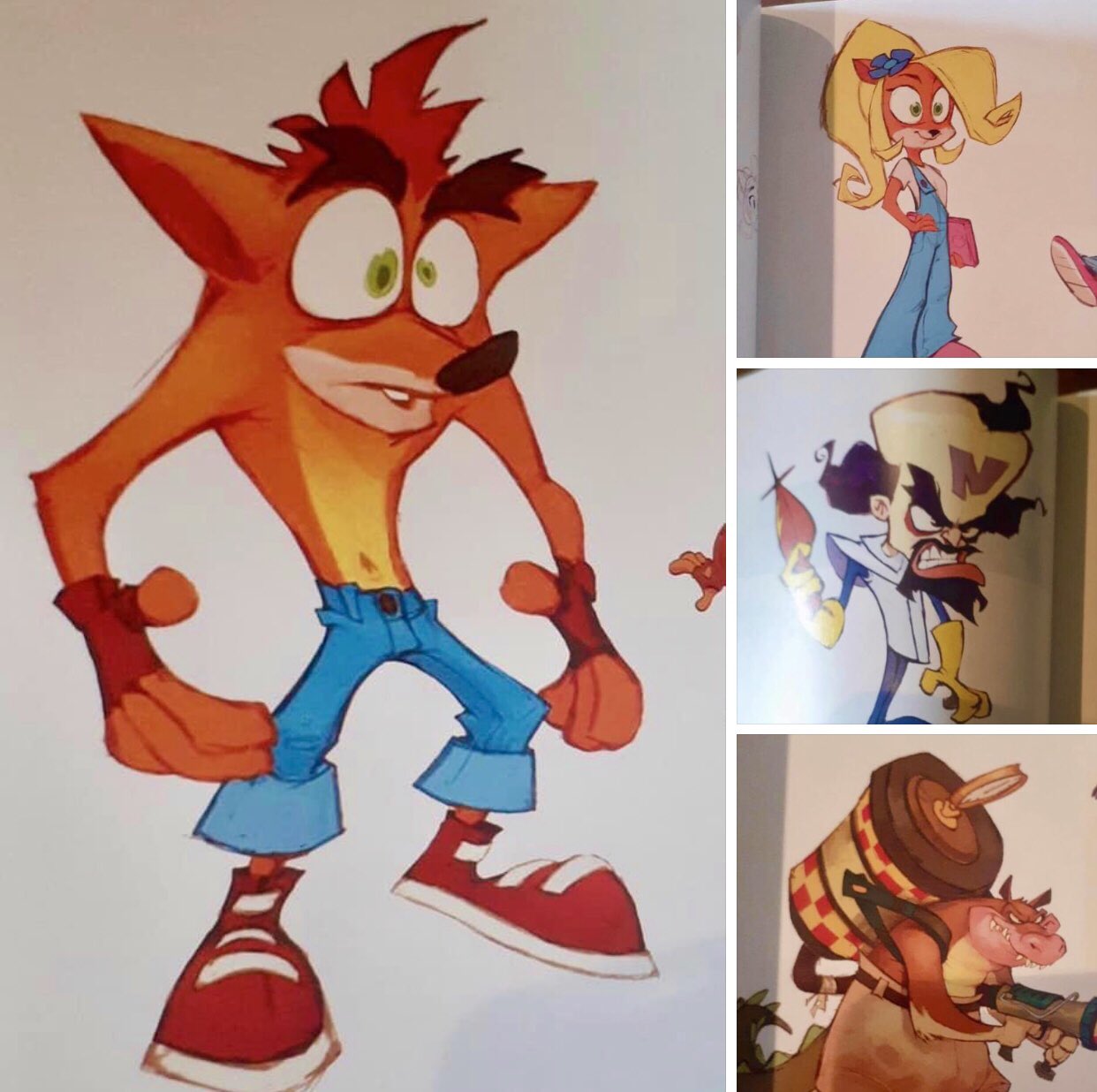Marvel vs. Capcom 4: Return of the Heroes
Genre: Fighting
Platform: PlayStation 4, Xbox One, PC
Developers: Capcom, Eighting
Release Date: November 5, 2016
In an alternate world where Disney never bought Marvel, thus Marvel vs. Capcom 3 received a proper sequel, Marvel vs. Capcom 4: Return of the Heroes exists and is in the tone of the previous games. MvC4 features a record roster of 62 characters at the start, making it the largest game in the series to date. Every character that appeared in MvC3 returns here, as does some characters from MvC2 and newcomers. The signature 3v3 mechanic returns, while a new gameplay mechanic revolving around the Infinity Gems allowing for different gameplay options is introduced. The art style is revamped, with a brighter, highly stylized look made to appear as a comic book come to life for the Marvel characters, in contrast to the Capcom characters being more "video game"-like.
Online mode is fully revamped with features like a tournament mode, customizable avatars and flares, a special "social room" where people can meet, talk and fight at their leisure, and spectator mode from the start.
Roster:
Marvel: Captain America, Cable, Daredevil, Deadpool, Doctor Doom, Doctor Strange, Dormammu, Ghost Rider, Hawkeye, Hulk, Human Torch, Iron Fist, Iron Man, Magik, Magneto, M.O.D.O.K., Nova, Phoenix, Psylocke, Rocket Raccoon, Sentinel, She-Hulk, Shuma-Gorath, Spider-Man, Storm, Super-Skrull, Taskmaster, Thor, Venom, Wolverine, X-23
Capcom: Akuma, Albert Wesker, Amaterasu, Arthur, B.B. Hood, Captain Commando, Chris Redfield, Chun-Li, C. Viper, Dante, Felicia, Firebrand, Fou-Lu, Frank West, Hsien-Ko, Jill Valentine, Leon Kennedy, Mega Man X, Mike Haggar, Monster Hunter, Morrigan Aensland, Nathan Spencer, Nemesis, Phoenix Wright, Ryu, Strider Hiryu, Trish, Tron Bonne, Vergil, Viewtiful Joe, Zero
The roster would be expanded upon with DLC, with 14 different characters added over the course of the next two years, totaling an unprecedented 76 characters by the end.
Marvel: Cyclops, Doctor Octopus, Domino, Gambit, Rogue, Thanos, Ultron
Capcom: Ada Wong, Anakaris, Cammy, Captain Commando, Edward Falcon, M. Bison, Sigma
Note: Bold indicates characters returning from MvC2, Italic indicates newcomers.
Later, an Ultimate Marvel vs. Capcom 4 would be released, compounding all the DLC in one game, with additional refinements and additions to the core experience added, at a discount. MvC4 would be widely acclaimed as an all around superior follow-up to MvC3, and retains a major following in the FGC to this day.
